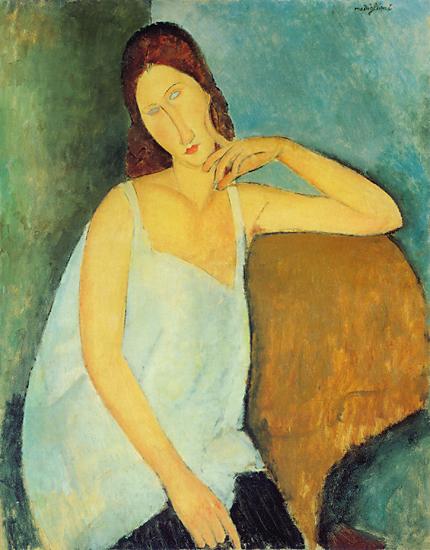I went to see the Holbein at the Tate today. It’s a large exhibition with a lot of Holbein’s work from collections all over the world. I can certainly recommend it, because Holbein was a remarkable and enjoyable portraitist. The finished paintings are outnumbered by drawings in a combination of coloured chalk and ink. As far as I can gather, most of these were studies for paintings rather than stand-alone works, but they work beautifully as portraits. If anything, the highly-finished and perfect oils paintings can seem a little inhuman next to the softer drawings.

My copy of the complete Thomas Wyatt has the drawn Holbein portrait on the front cover, and I remember thinking when I got it that if you’re going to be a famous poet, it’s a good idea to get a portrait you’d like to be remembered by. My edition of Keats has a distinctly ham-fisted portrait by a mate of his which makes him look very inconsequential. The drawing above isn’t Wyatt; it’s the other early sonneteer, Henry Howard, Earl of Surrey.
Holbein seems to have produced very fine likenesses, although there’s a logical problem somewhere with looking at a portrait of someone you’ve never seen and concluding it’s a good likeness. Certainly his pictures all look different from each other, apart from that slight sense of period similarity that comes from all of them having the same hairstyles and frocks. And indeed facial expressions; although we’re not aware of it, I’m sure that our culture shapes the way we arrange our faces more than we think. Certainly Americans of European descent have different faces to people from whichever Old Country.
Anyway, he’s a fine portraitist and one of the pleasures of the show is a sense of being introduced to Tudor society; you ‘meet’ dozens of people from Tudor London. It’s not exactly a cross section — they’re all wealthy — but they are courtiers, bishops, merchants, poets, royalty, young, old, and each seems like an individual.

It’s quite a big exhibition and if there is a problem with it, it can get a bit same-y. It’s almost all bust-length portraits, and he doesn’t seem to have made much technical progress during his career. He was excellent when he reached London (aged 31) and was consistently excellent for the 17 or so years he lived here until he died, but if his worked changed stylistically in that period it’s not obvious to me. I don’t think I could tell whether a painting was early or late. Some of the finest portraits in the exhibition are among the earliest: studies for a group portrait of Thomas More’s family, painted soon after reaching London for the first time (the finished work doesn’t survive).
More was his first contact in London, thanks to a letter of introduction from Erasmus, and there’s some suggestion he may have stayed for a period with More in Chelsea. So he knew the family well, which may be why his portraits of them seem so good. Also, despite my comments about lack of change during his career, it’s worth noting that at this stage he’s working just in chalk without any ink touches, so that makes the pictures softer; that may be part of the appeal. Still, its hard to see that any of his later work improves on the famous portrait of Thomas More, or this study of Anne Cresacre, a ward of More’s.

If you’re interested and can’t easily get to Pimlico, do check out the exhibition website (linked to above), because the Tate always makes an admirable effort to include as many photos of the work as copyright allows. What proportion of the works are available online depends on who they are mainly borrowed from, but at least they make the effort.












